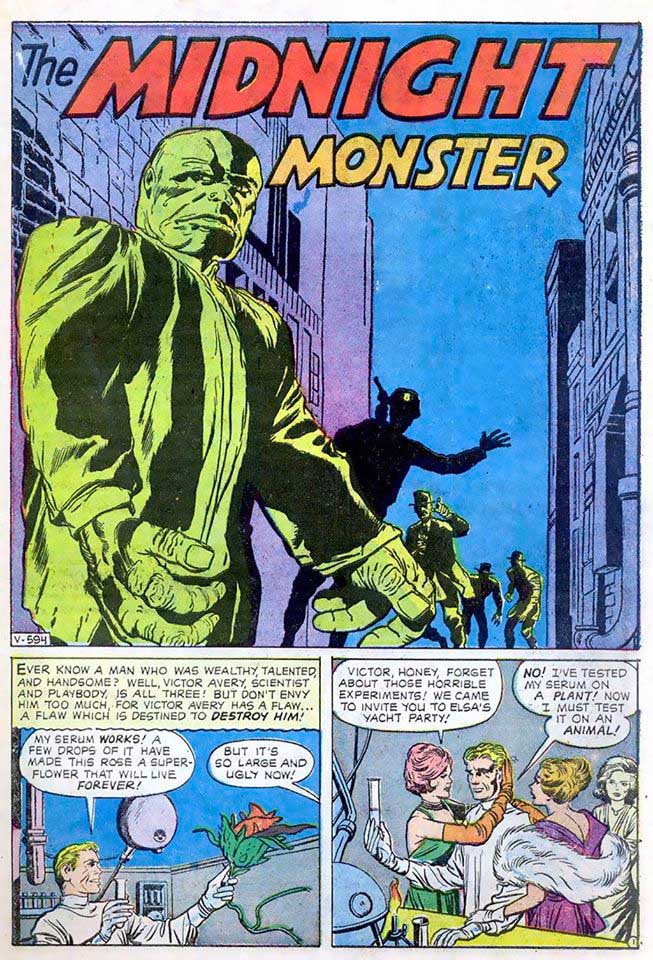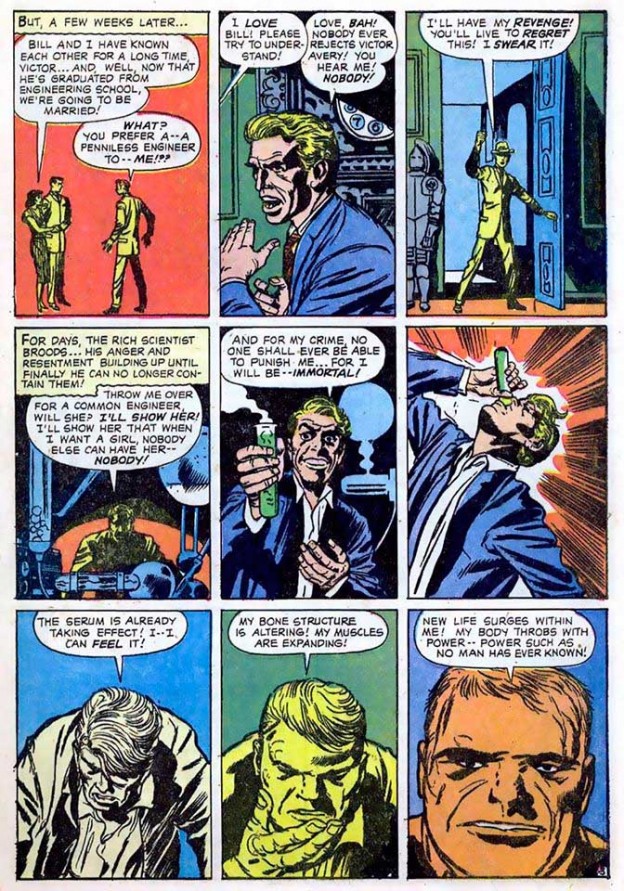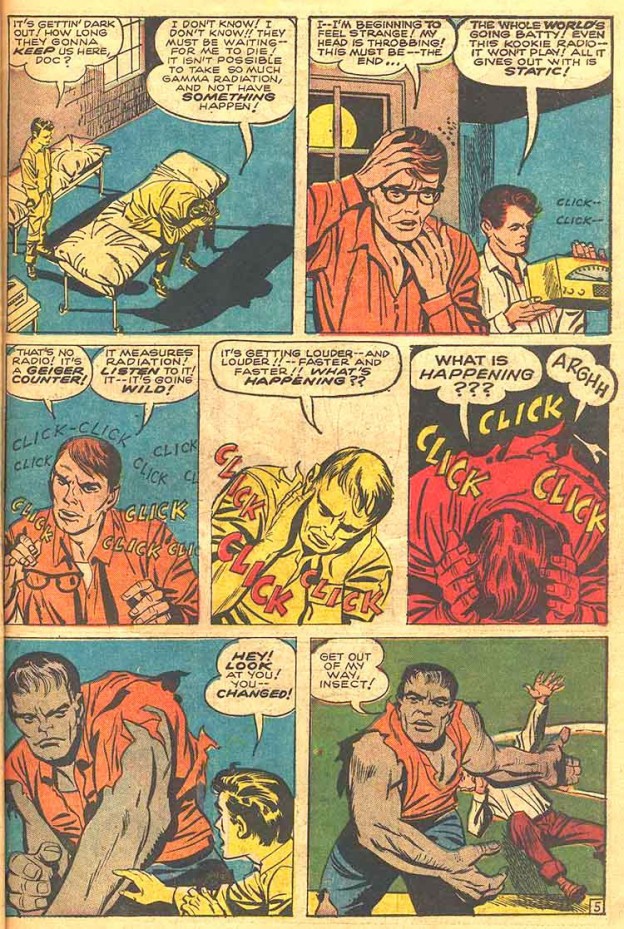What information do we collect?
We collect information from you when you register on our site or place an order.
When ordering or registering on our site, as appropriate, you may be asked to enter your: name, e-mail address or mailing address.
What do we use your information for?
Any of the information we collect from you may be used in one of the following ways:
To personalize your experience
(your information helps us to better respond to your individual needs)
To improve our website
(we continually strive to improve our website offerings based on the information and feedback we receive from you)
To improve customer service
(your information helps us to more effectively respond to your customer service requests and support needs)
To process transactions
Your information, whether public or private, will not be sold, exchanged, transferred, or given to any other company for any reason whatsoever, without your consent, other than for the express purpose of delivering the purchased product or service requested.
To administer a contest, promotion, survey or other site feature
To send periodic emails
The email address you provide for order processing, will only be used to send you information and updates pertaining to your order.
How do we protect your information?
We implement a variety of security measures to maintain the safety of your personal information when you place an order or enter, submit, or access your personal information.
We offer the use of a secure server. All supplied sensitive/credit information is transmitted via Secure Socket Layer (SSL) technology and then encrypted into our Payment gateway providers database only to be accessible by those authorized with special access rights to such systems, and are required to?keep the information confidential.
After a transaction, your private information (credit cards, social security numbers, financials, etc.) will not be kept on file for more than 60 days.
Do we use cookies?
Yes (Cookies are small files that a site or its service provider transfers to your computers hard drive through your Web browser (if you allow) that enables the sites or service providers systems to recognize your browser and capture and remember certain information
We use cookies to help us remember and process the items in your shopping cart, understand and save your preferences for future visits, keep track of advertisements and compile aggregate data about site traffic and site interaction so that we can offer better site experiences and tools in the future. We may contract with third-party service providers to assist us in better understanding our site visitors. These service providers are not permitted to use the information collected on our behalf except to help us conduct and improve our business.
If you prefer, you can choose to have your computer warn you each time a cookie is being sent, or you can choose to turn off all cookies via your browser settings. Like most websites, if you turn your cookies off, some of our services may not function properly. However, you can still place orders by contacting customer service.
Google Analytics
We use Google Analytics on our sites for anonymous reporting of site usage and for advertising on the site. If you would like to opt-out of Google Analytics monitoring your behaviour on our sites please use this link (
https://tools.google.com/dlpage/gaoptout/)
Do we disclose any information to outside parties?
We do not sell, trade, or otherwise transfer to outside parties your personally identifiable information. This does not include trusted third parties who assist us in operating our website, conducting our business, or servicing you, so long as those parties agree to keep this information confidential. We may also release your information when we believe release is appropriate to comply with the law, enforce our site policies, or protect ours or others rights, property, or safety. However, non-personally identifiable visitor information may be provided to other parties for marketing, advertising, or other uses.
Registration
The minimum information we need to register you is your name, email address and a password. We will ask you more questions for different services, including sales promotions. Unless we say otherwise, you have to answer all the registration questions.
We may also ask some other, voluntary questions during registration for certain services (for example, professional networks) so we can gain a clearer understanding of who you are. This also allows us to personalise services for you.
To assist us in our marketing, in addition to the data that you provide to us if you register, we may also obtain data from trusted third parties to help us understand what you might be interested in. This ‘profiling’ information is produced from a variety of sources, including publicly available data (such as the electoral roll) or from sources such as surveys and polls where you have given your permission for your data to be shared. You can choose not to have such data shared with the Guardian from these sources by logging into your account and changing the settings in the privacy section.
After you have registered, and with your permission, we may send you emails we think may interest you. Newsletters may be personalised based on what you have been reading on theguardian.com. At any time you can decide not to receive these emails and will be able to ‘unsubscribe’.
Logging in using social networking credentials
If you log-in to our sites using a Facebook log-in, you are granting permission to Facebook to share your user details with us. This will include your name, email address, date of birth and location which will then be used to form a Guardian identity. You can also use your picture from Facebook as part of your profile. This will also allow us and Facebook to share your, networks, user ID and any other information you choose to share according to your Facebook account settings. If you remove the Guardian app from your Facebook settings, we will no longer have access to this information.
If you log-in to our sites using a Google log-in, you grant permission to Google to share your user details with us. This will include your name, email address, date of birth, sex and location which we will then use to form a Guardian identity. You may use your picture from Google as part of your profile. This also allows us to share your networks, user ID and any other information you choose to share according to your Google account settings. If you remove the Guardian from your Google settings, we will no longer have access to this information.
If you log-in to our sites using a twitter log-in, we receive your avatar (the small picture that appears next to your tweets) and twitter username.
Children’s Online Privacy Protection Act Compliance
We are in compliance with the requirements of COPPA (Childrens Online Privacy Protection Act), we do not collect any information from anyone under 13 years of age. Our website, products and services are all directed to people who are at least 13 years old or older.
Updating your personal information
We offer a ‘My details’ page (also known as Dashboard), where you can update your personal information at any time, and change your marketing preferences. You can get to this page from most pages on the site – simply click on the ‘My details’ link at the top of the screen when you are signed in.
Online Privacy Policy Only
This online privacy policy applies only to information collected through our website and not to information collected offline.
Your Consent
By using our site, you consent to our privacy policy.
Changes to our Privacy Policy
If we decide to change our privacy policy, we will post those changes on this page.






Great entry, Norris. It’s interesting to note that Marvel executive editor Tom Brevoort recently described the creation of Nick Fury on Marvel’s website, and it aligns with Kirby’s version rather than Lee’s deposition version.
Nice article Michael. I’d actually forgotten about that story and can see how Kirby may well have drawn on elements of the Midnight Monster character.
I guess we can never know the true origins of the Hulk, but have you heard the assertion by Arlen Schumer that it originated with an idea by publisher Martin Goodman? According to Schumer, Goodman asked for a ‘super-Frankenstein’ to capitalise on a then-popular Frankenstein toy and this is why Kirby’s design is uncannily similar to the (Universal-inspired) toy packaging images. I wasn’t able to get a source for this from Schumer, but if you (or any readers) know one I’d really appreciate a response. (Schumer also states Stan Lee’s original name for the ‘Fantastic Four’ was the ‘Fabulous Four’…I’m likewise seeking any reference for this).
Speaking of Lee, he once recalled the Hulk as Marvel’s attempt to capitalise on the most popular member of the FF (i.e. the Thing) and wrote that he asked Kirby to come with a ‘sympathetic monster’. This has some logic and doesn’t necessarily contradict Schumer, as the original request still could have come from Goodman. In bringing the character to life it seems Kirby or Lee (or both) channelled the old ‘Heap’ character who had a similar ‘anti-hero’ status (even fighting a team of superheroes at one point) and apparently a teen side-kick. It’s interesting to note that, in some interviews, Lee has mentioned liking the name ‘Hulk’ as it reminded him of the ‘Heap’.
The example of Lee rejecting the early Hulk pages fits very well with various accounts (e.g. by John Romita and Roy Thomas and Lee himself) of Lee being surprised by what Kirby had added after initial story discussions. In this case it seems Lee didn’t approve of an element (or elements) and perhaps requested a re-draw. Similar situations were repeated and witnessed on various occasions over the years.
Some other obvious examples of Kirby’s creative contributions on the strip would be the re-use of the ‘Circus of Crime’ idea and (more speculatively) an apparent attempt to imbue the Hulk with the power to fly following a trip into space in the third issue. Looking at Kirby’s pictures (and ignoring Lee’s contradictory script) it seems apparent to me that the original intent was to add this ability together with a psychic link to Rick Jones (which also proved a dead-end idea). Rather than leaping and appearing to fly (as Lee describes in his script) the Hulk is clearly swooping down out of the sky in some scenes (e.g. to scoop up Rick Jones) and changing direction in mid-air. Kirby possibly thought the Hulk needed this means of propulsion to allow more changes of locale. (PS: this was something we discussed in a thread on the Marvel Masterworks site).
Perhaps this aspect was discussed prior to Kirby drawing the story, but perhaps not. Lee is on record several times as stating he disliked the idea of a character who could fly without any apparent means of propulsion. It’s interesting that the rejected pages seem to include this flying Hulk as well as the psychic link, both elements that would be quickly dropped.
Would Kirby have tried to radically alter the Hulk character so early, without mentioning it to Lee in advance? It’s difficult to say. I recently re-read the Kirby and Lee interviews from the silver age (as well as various interviews from the sixties Marvel artists) and other contemporary documentation. There is a very consistent picture of Kirby/Lee discussing the plots beforehand, with each contributing ideas as early as 1962 (which explains the occasional re-use of ideas/scenes from earlier Kirby strips). Kirby notes in at least one interview that he wouldn’t make certain decisions (e.g. putting Captain American in Vietnam) without Lee’s approval. However it is equally clear that Kirby would add many elements to stories that he hadn’t discussed with Lee, particularly as time went on. A few years back Lee even mentioned that Kirby added the X-Men’s famous ‘danger room’ to the first issue of his own accord.
Of course one artist who definitely did draw up some stories without prior discussions with Lee was Steve Ditko. It is well known that he plotted the later Spider-Man stories himself, and that he came up with the first Dr Strange story solo (even though the character had a different name). Perhaps lesser-known is that Ditko did not consider the early Hulk a success and that he took some credit (along with Lee) for rectifying this, stating:
“Setting aside the dispute between Stan and Jack Kirby as to the ‘creation’ of the Hulk, their Hulk ‘idea’ , ‘creation’, failed. Stan and I did the sixth and last issue (March 1963) of that Hulk series…I was instrumental in bringing out the second version of The Hulk with different ‘ideas’ by Stan and me. The second Hulk went on to continuing success.”
Just posted a response where I erroneously thanked ‘Michael’ for the article. It hasn’t been vetted yet so please feel free to edit this and change it to ‘Norris’. Apologies for the confusion
Thanks for the comments Rosco. A good deal of food for thought here. The Frankenstein plastic model connection is certainly plausible. I bought that when it came out along with Wolfman, The Mummy and the Creature From the Black Lagoon,( I don’t think there was a toy) By the way, I expanded a bit on this particular blog entry in the upcoming issue of Jack Kirby Collector, due out shortly.
Norris